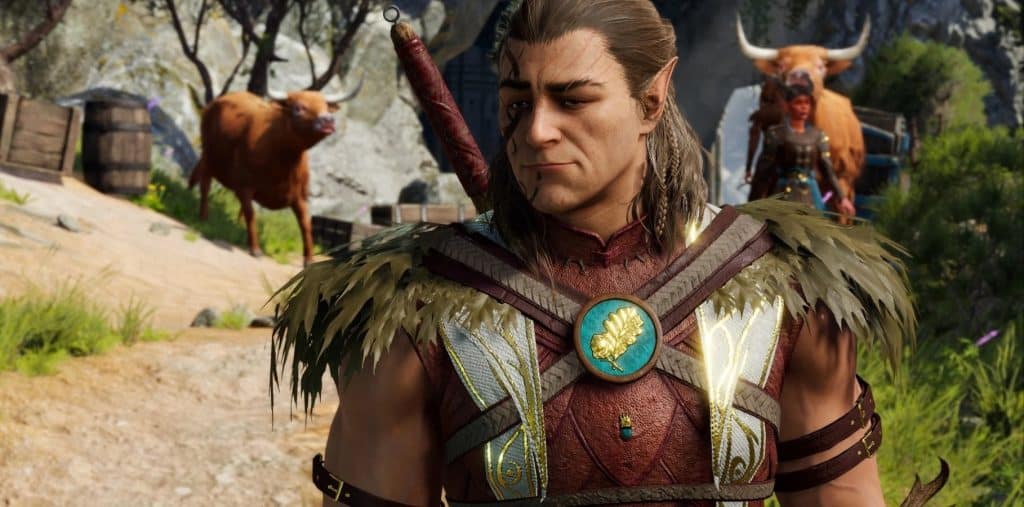The everlasting impact of Dungeons & Dragons on the popular culture is undeniable. For decades, it lurked beneath the surface of the entertainment landscape, influencing video games, fantasy media, and geek culture. Recent years have seen the brand synonymous with tabletop role-playing break water, evolving from a secret nerd code into the pop vernacular.
These are the circumstances in which Larian Studios has loosed Baldur’s Gate 3 upon the video game-playing population. It is also a decade in the culmination of everything Larian has made in its 27-year history, drawing upon the experiences of several games in their Divinity franchise to perfect the skills they needed to make the RPG of their dreams, built upon the rules and realms that inspired it.
Baldur’s Gate 3 is a game with a lot of ambition, not only because it seeks to capture the anything-goes sandbox experience of your classic D&D campaign, but because it takes players from one end of the Sword Coast to another, capturing a broad swath of monsters and factions within Faerun, the massive continent where most adventures take place in the popular Forgotten Realms setting.
In that regard, Baldur’s Gate 3 is a success. It embraces the wacky physics-based comedy and insane energy of any fantasy campaign being played by a group of neurodiverse friends supporting each other in the chaos. Unfortunately, it is also restricted by the finite permutations of what coders and designers can imagine. But by allowing a player to color outside of the lines that most videogames set before them, Baldur’s Gate 3 lets you get away with plenty.
Baldur’s Gate 3 also exceeds the scope of nearly every Dungeons & Dragons game that has come before it, even that of the original Baldur’s Gate and its sequel, two games that helped redefine the expectations for fantasy role-playing on the PC. That scale appears to have come at the cost of some narrative coherence, as well as a few continuity-breaking cameos, but ultimately it’s a fairly fun romp carried mostly by the charm of its lavish presentation.
Larian Studios doesn’t make games with the express purpose of testing the cutting edge, but it’s still worth noting that on my i9-12900K and GeForce RTX 3070, I experienced no major issues in performance or audiovisual presentation. Baldur’s Gate 3 has a touch of the visual aspirations one rarely sees in CRPGs these days. I also observed performance on the recently launched PlayStation 5 version, and it acquits itself well in replicating the PC’s Ultra settings. An Xbox Series release is due later this year.
While Larian Studios’ previous games have always looked beautiful and detailed, with as much fully voiced dialogue as they can manage, Baldur’s Gate 3 goes the extra mile with shot-reverse-shot style conversations. It’s an aesthetic choice that allows the game to ground every crazy plot twist in a sidequest, every unhinged NPC, and every traveling companion. I can’t say I’m a big fan of all of Larian’s writing choices, but they are certainly made more memorable by captivating performances.
These aspects I think, are necessary to smooth over the fact that Baldur’s Gate 3 simply cannot and will not let you do or say anything you can imagine. While the systemically dense gameplay design that Larian has developed in the Divinity games lets you distract NPCs, set up traps, barricade corridors, and trigger massive explosions of fire, smoke, or poison, it also brings into sharp relief the aspects of their design that are much more resistant or inflexible.
So while a determined player will find solutions to the most challenging encounters (combat or otherwise) through experimentation and clever synergies, frustration can emerge when it feels like there are no other choices. I don’t believe it’s necessary for any game to let you “win” at everything, but the number of times a quest devolved into unavoidable conflict felt onerous, even accounting for the ones you could cheese your way out of by using the immersive sim qualities of the game.
The overall experience is hurt by an inability to clarify its UI, tutorialize mechanics, or introduce the salient possibilities of the Divinity engine, now on version 4.0. Handholding isn’t necessary for every videogame – even one with this many options and interaction points – and on-boarding is approached differently from developer to developer, but this should be worth noting for a game that intends to attract even the most casual Dungeons & Dragons likers.
Furthermore, no matter your solutions, the possibilities of each scenario remain limited by what Larian puts into them. So while I was pleasantly surprised by the many different crazy ideas that me and the rest of my peers in games media conjured, I was disappointed by how many of them came down to exerting my will entirely upon hapless fools who failed to suspect my willingness to abuse magickal trickery, misdirection and other forms of tomfoolery.
To enjoy Baldur’s Gate 3 is to be willing to give oneself over to it. The curious D&D would be, who might be coming in as an erstwhile tabletop player or follower of actual play podcasts and shows, will encounter a game that demands meticulous bookkeeping, patience, and a willingness to fail repeatedly. Meanwhile, D&D veterans will be served a big-budget incarnation of a beloved game, but with none of the camaraderie or freedom that comes with a great group and GM.
If I’m giving off real, “Is this a bug or is this a feature?” energy, it’s because I am, and all I can say to that is Baldur’s Gate 3 is about as rewarding as you decide that it is. A player won’t get some of the elaborate quest design they’d find in other CRPGs and there isn’t much depth to the options that are available. The fun they find in and around of all of that is entirely up to them, and there’s plenty of game to do that with, thanks to a campaign that runs about 60 hours at a leisurely stroll.
It’s in the first act where the game is most fleshed out and holds the most promise. You’ll encounter a settlement under threat by a goblin camp, and witness the tensions between its inhabitants. You’ll delve into an underground realm filled with psychedelic mushrooms and abandoned ruins. The sense of discovery and exploration is nicely complemented by the pervasive sense of intrigue. Some of it doesn’t hold up entirely once conflict breaks out, but all the same, Baldur’s Gate 3’s first 30 hours shine.
It’s in the game’s succeeding acts that the experience becomes a little more uneven. Subsequent acts in the story get thinner, and as a consequence, the lack of depth and meaning in your choices becomes more apparent. It’s indicative of how much time was spent cleaning up what players could see and experience in Baldur’s Gate 3 during Early Access while developing the material to finish the rest of the story for the version 1.0 launch.
By the second half of the second act, you’ll feel that Baldur’s Gate 3 is beginning to push you along forward, almost as if it is self-conscious of the sparse content available in the rest of the journey. The quality of the writing and the impact of your choices don’t really get worse, there’s just a lot less to hide it by the third and final act. So for all the freedom that you have, the story proceeds with a lack of responsiveness to your choices.
Your companions are emblematic of everything that is wonderful and disappointing about Baldur’s Gate 3. As mentioned above, they’re all wonderfully acted, and getting to know them is quite rewarding. They’re not to my taste, “perfect,” but their depth and charms really make time spent with them worth it, and they will most certainly thrill fans of Bioware games like Dragon Age: Origins.
My personal favorites are Karlach, a good-natured tiefling barbarian whose zest for life is tampered only by her infernal curse, and Astarion, a snooty high elf wrestling with trauma. Uncovering their individual backstories isn’t just compelling, it’s genuinely fun though undermined by the fact that they are the hapless recipients of your choices. Their individual arcs are resolved by you, the most special person. In doing so, the companions are denied agency and their arcs are robbed of depth and meaning.
To be honest, Baldur’s Gate 3 was a frustrating game for me to review. While it’s one of the most lavishly produced fantasy CRPGs in recent memory, there are parts where the overall role-playing experience is lacking. Even now, as I write this, Larian continues to update the game by revising certain endings and fixing bugs that were locking out companion dialogue.
I could write a thousand more words about its strengths and its faults, and maybe this time next year, we’ll have a more definitive version of the ultimate Dungeons & Dragons experience that longs to serve us. But for now, Baldur’s Gate 3 is not a critical hit nor is it a critical failure, it’s the kind of roll of the dice you don’t get from D&D: It’s a partial success. Yeah, that one’s for the tabletop nerds.



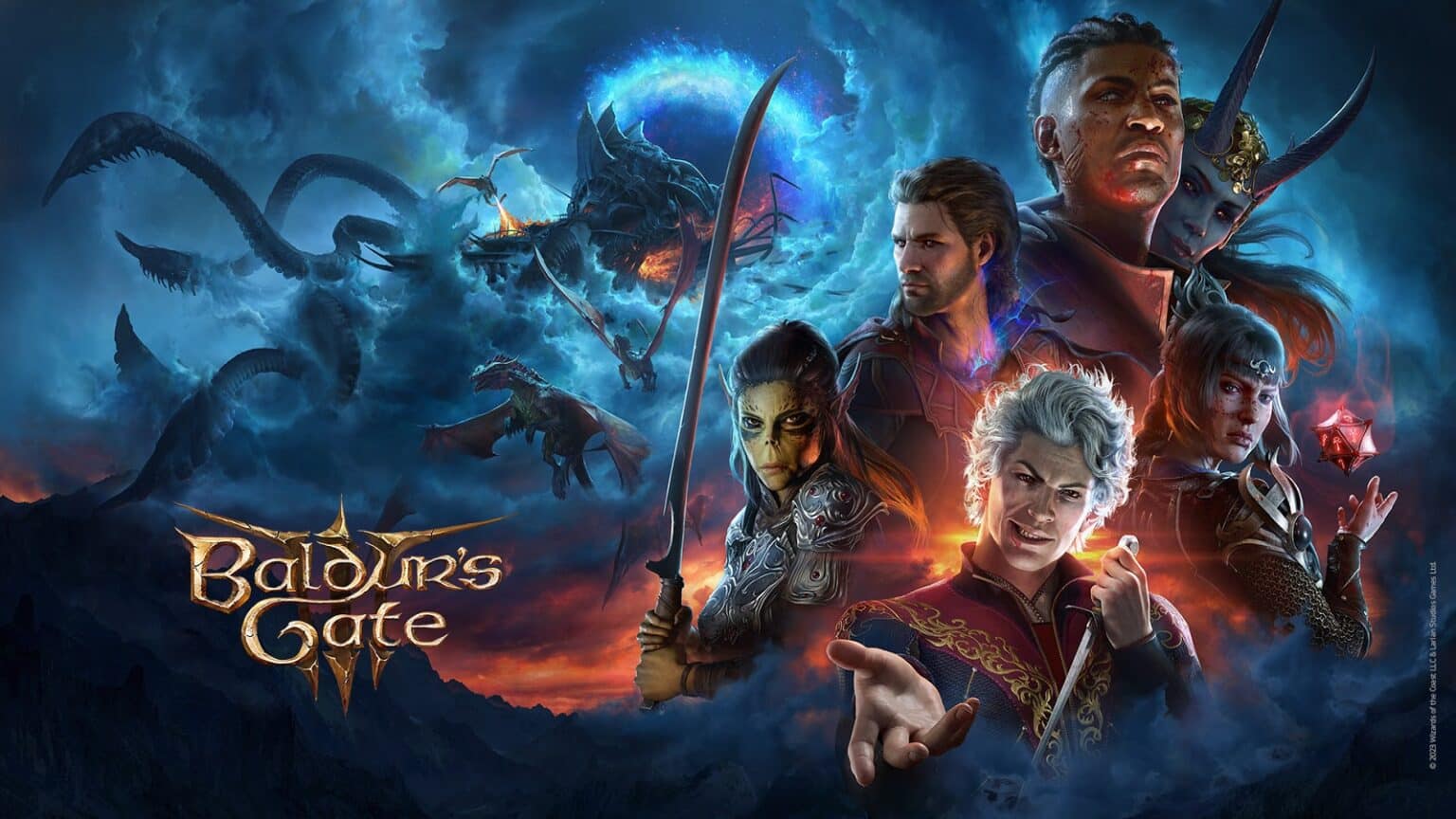
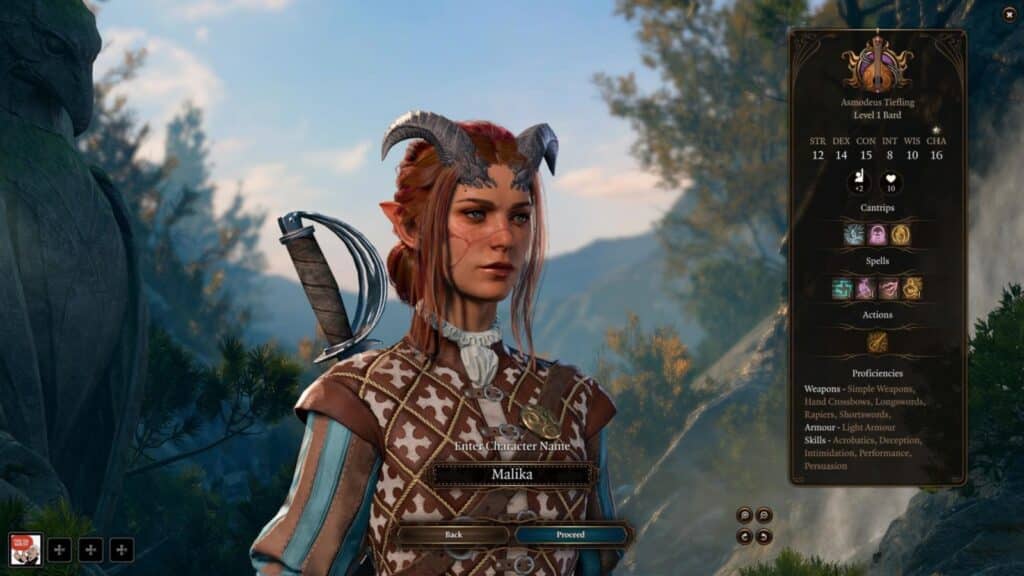
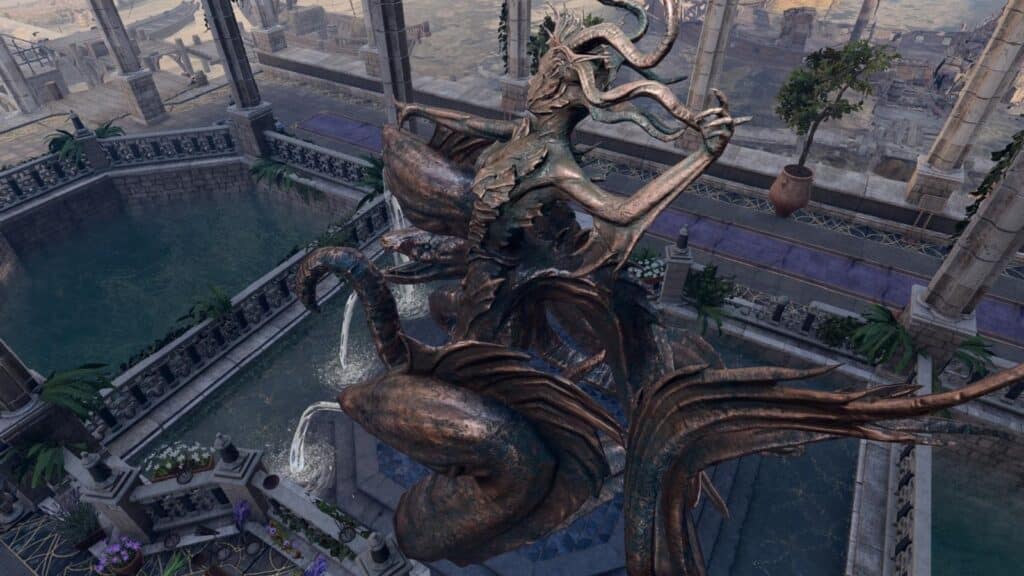

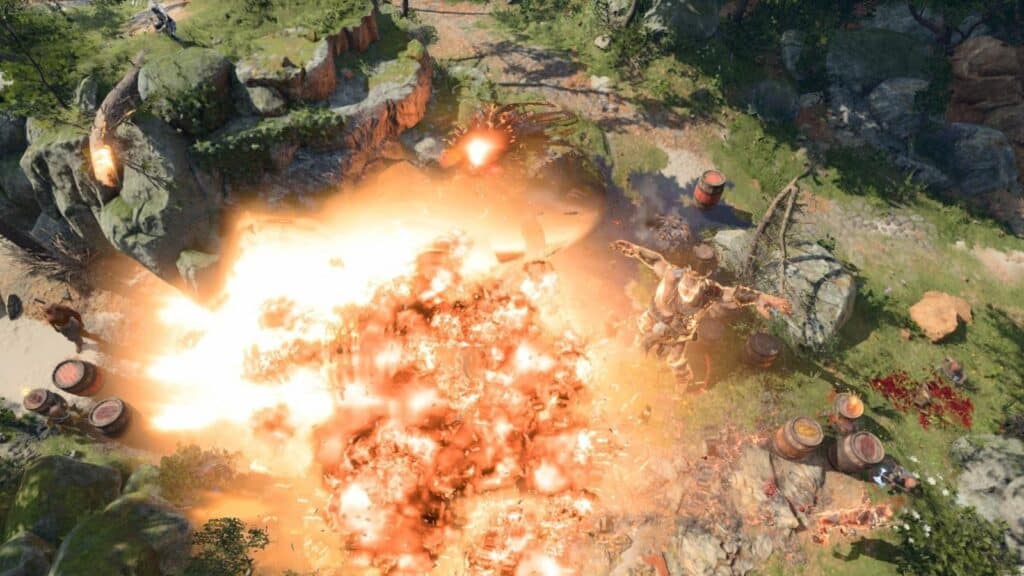
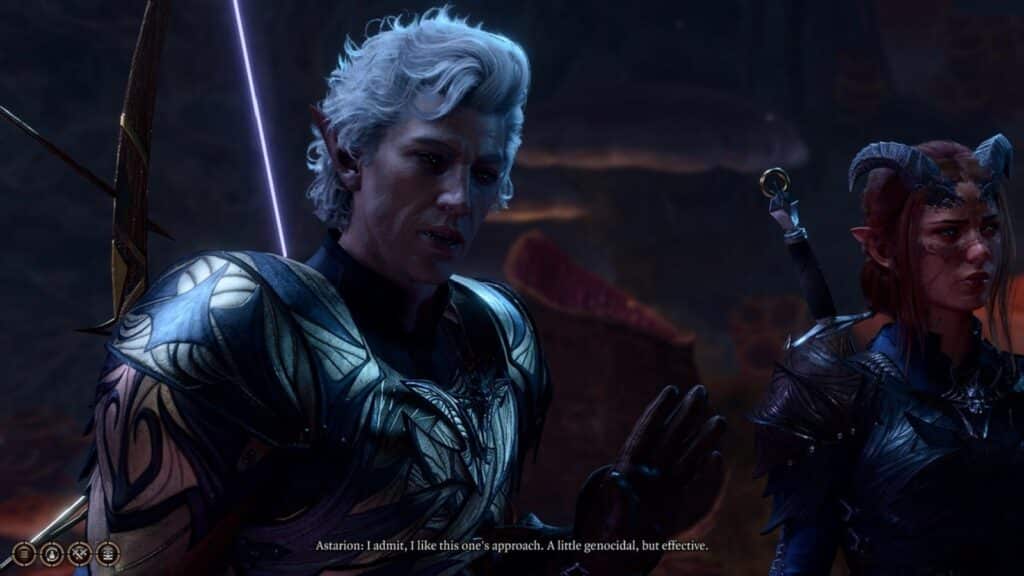
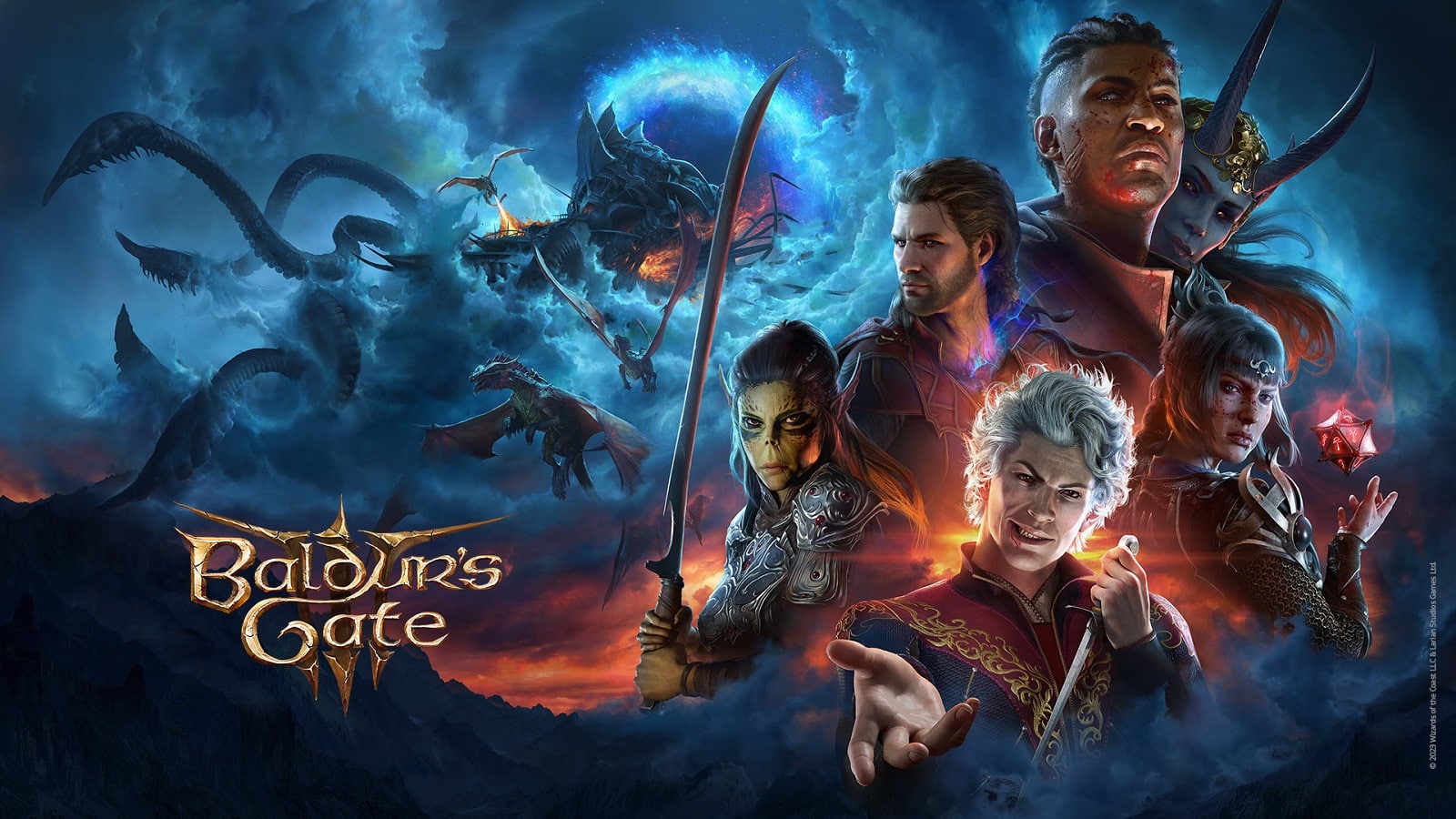
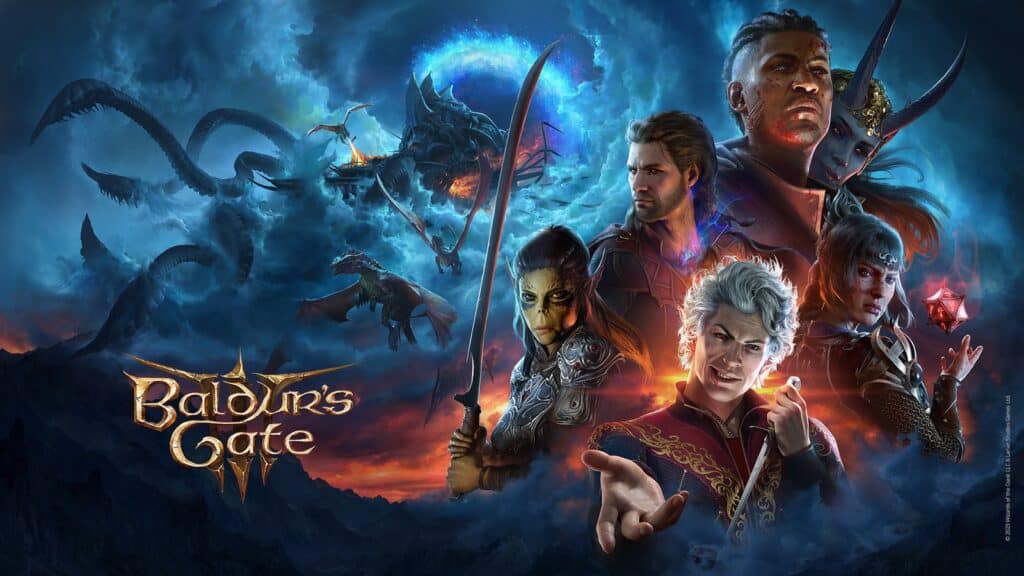
![Baldur’s Gate 3: Best Gale Build Guide [Updated] Baldur's Gate 3 Best Gale Build Guide Updated](https://sirusgaming.com/wp-content/uploads/2023/08/Baldurs-Gate-3-Best-Gale-Build-Guide-Updated-1024x576.jpg)
